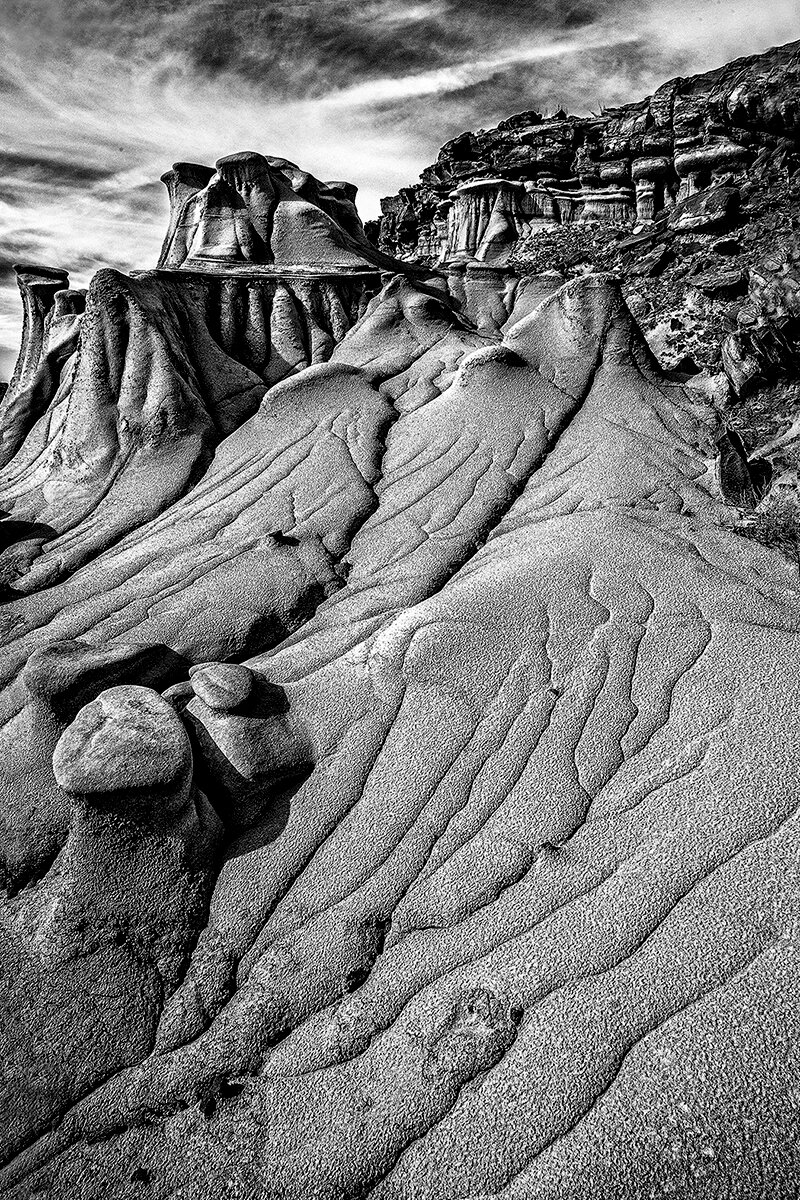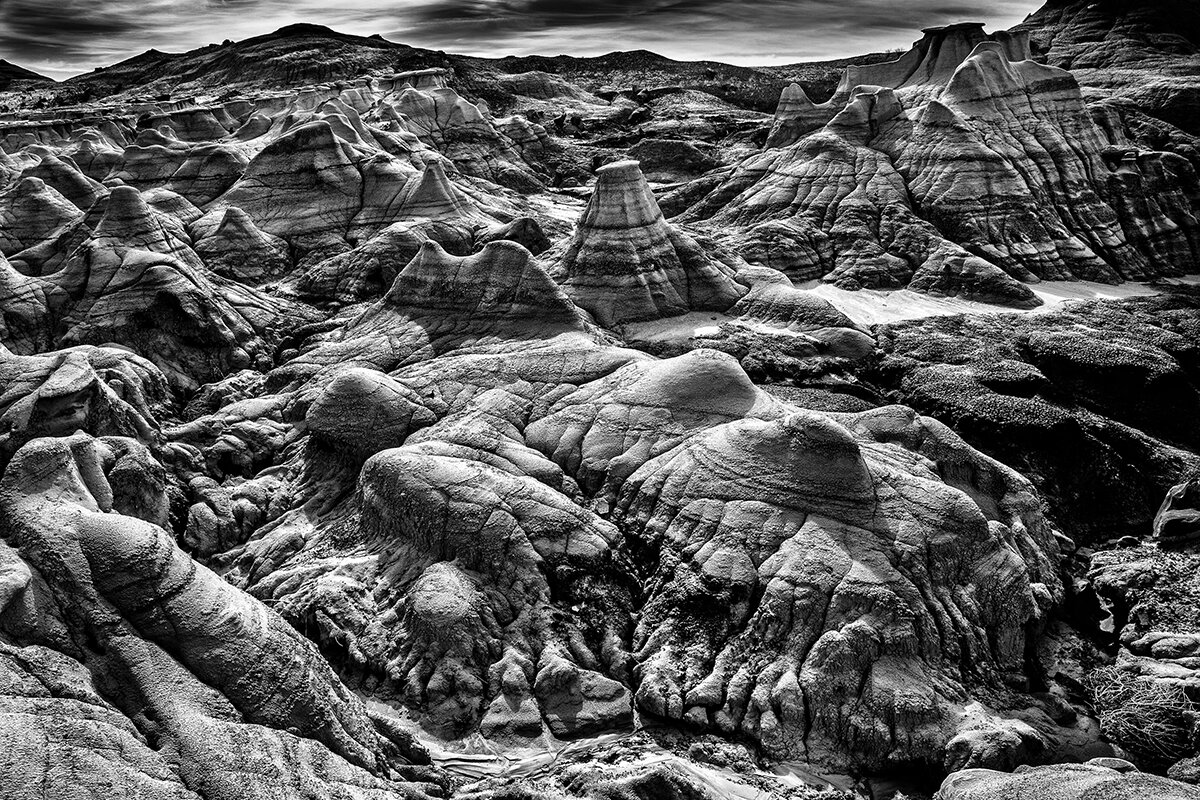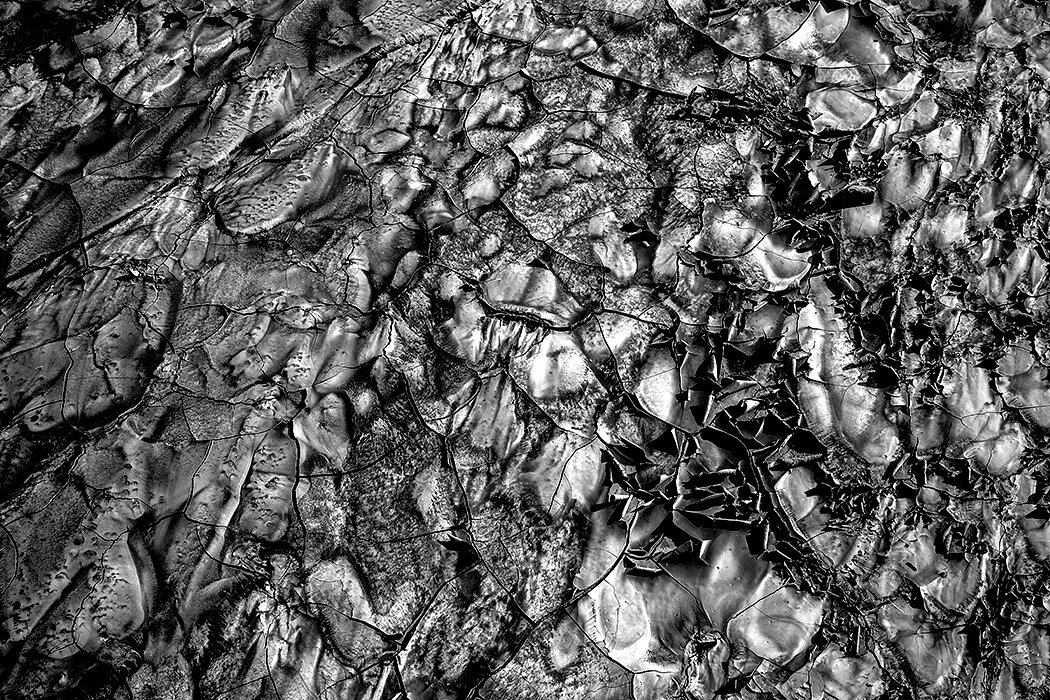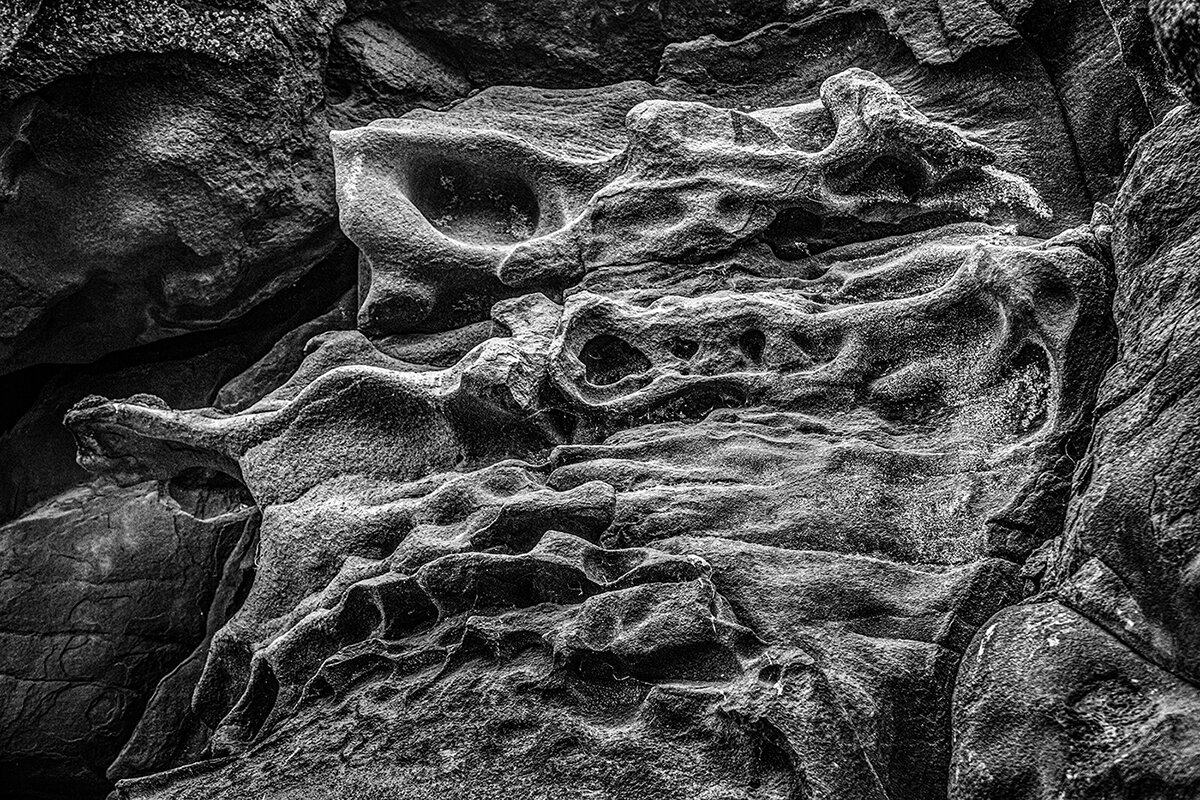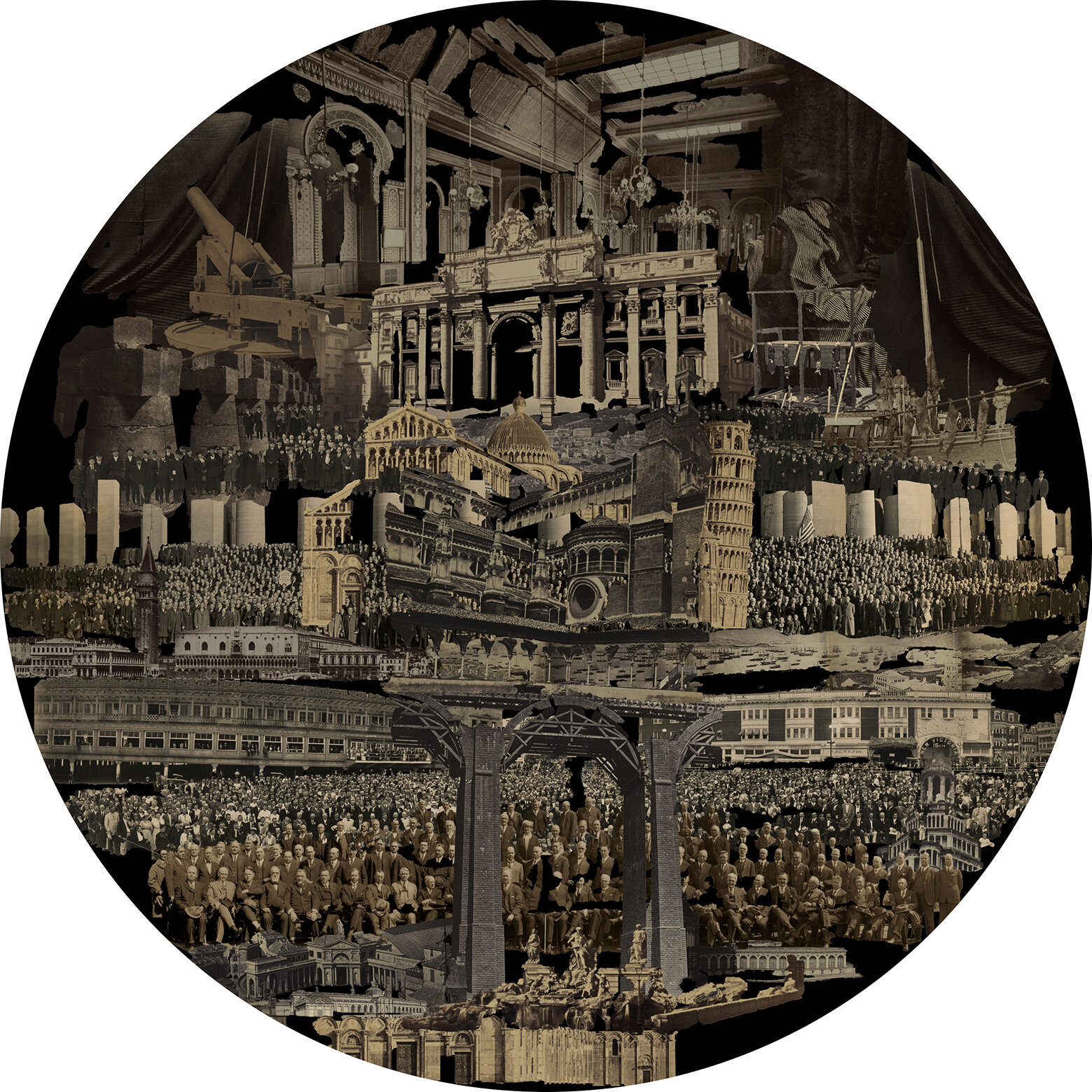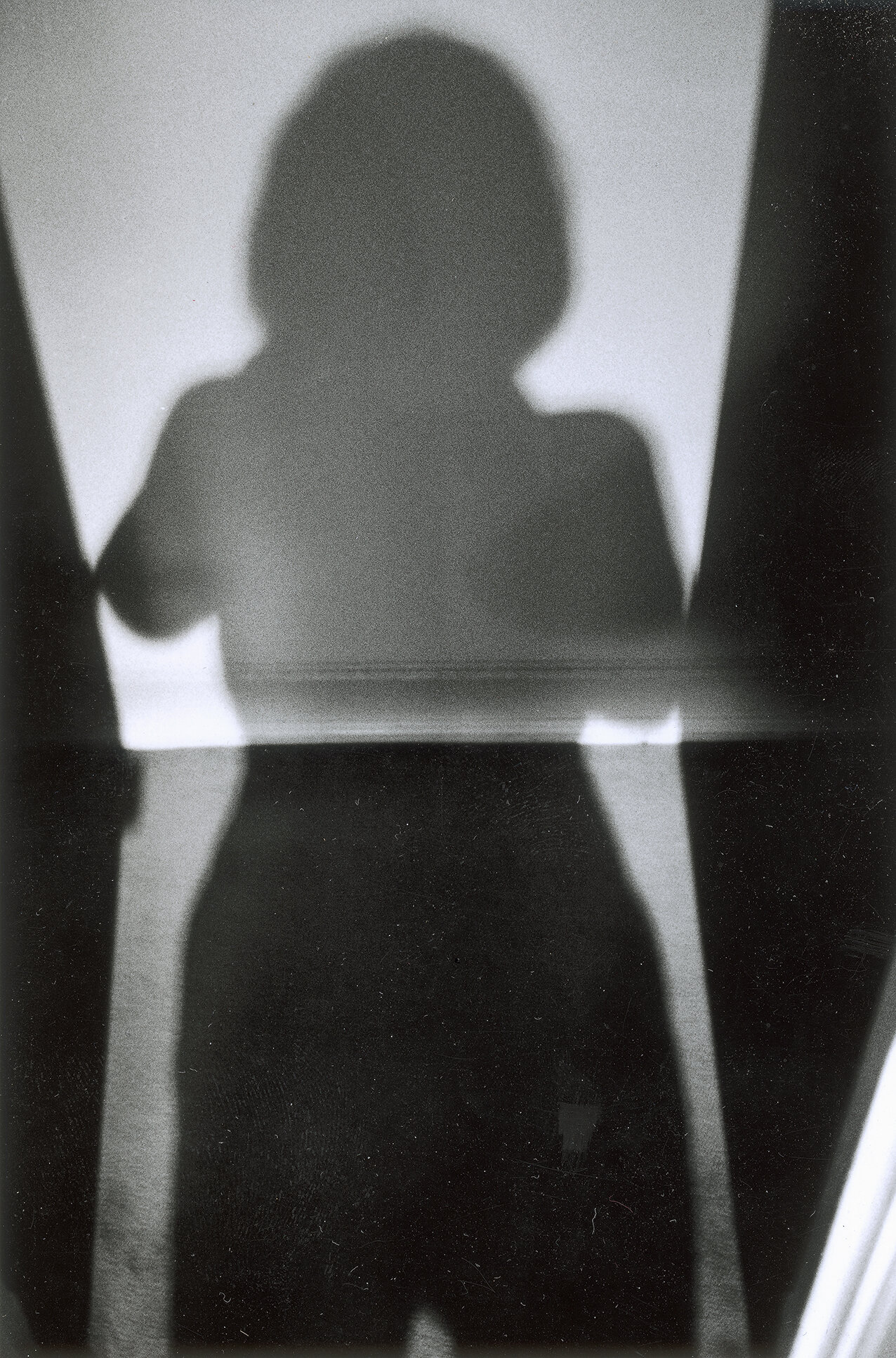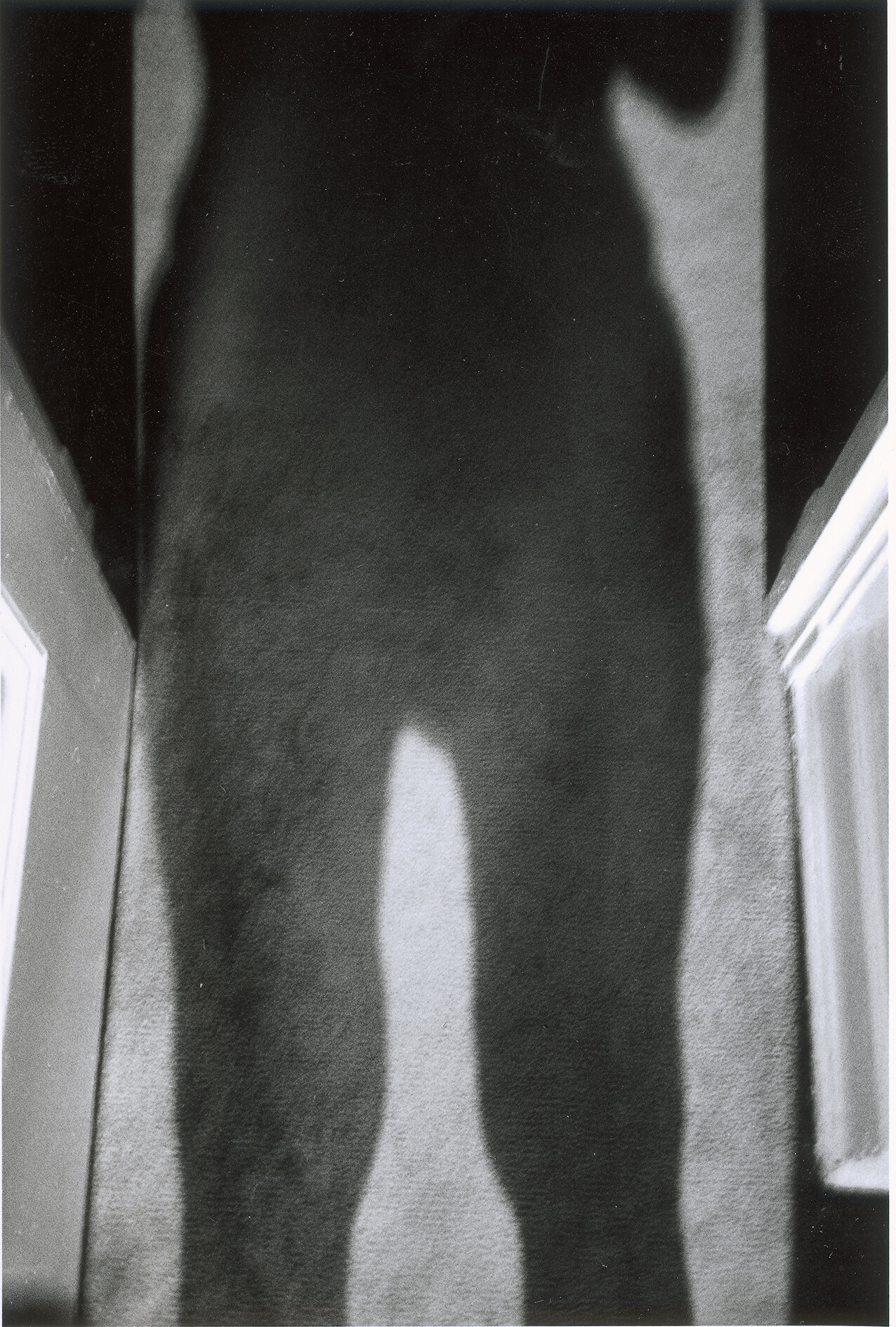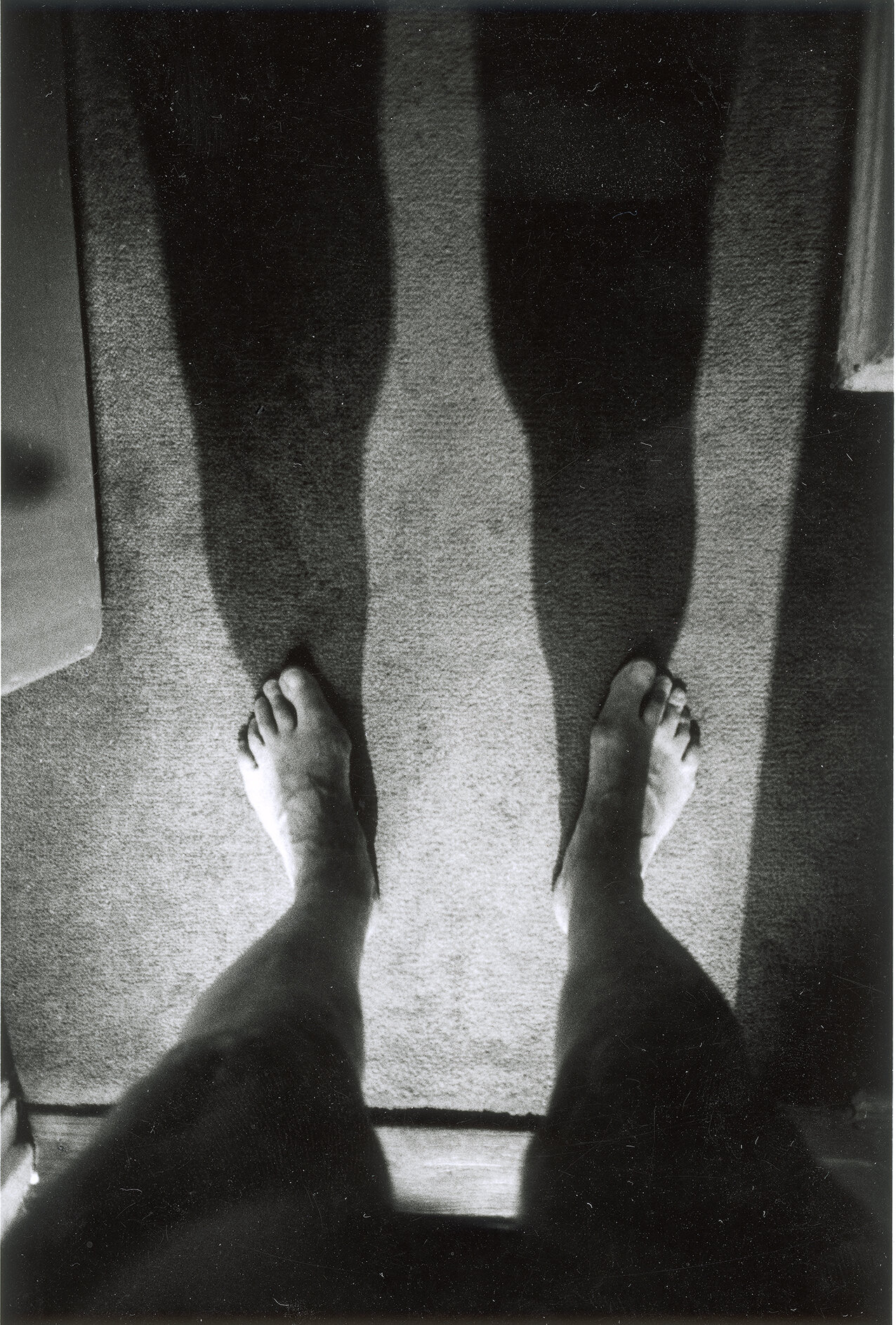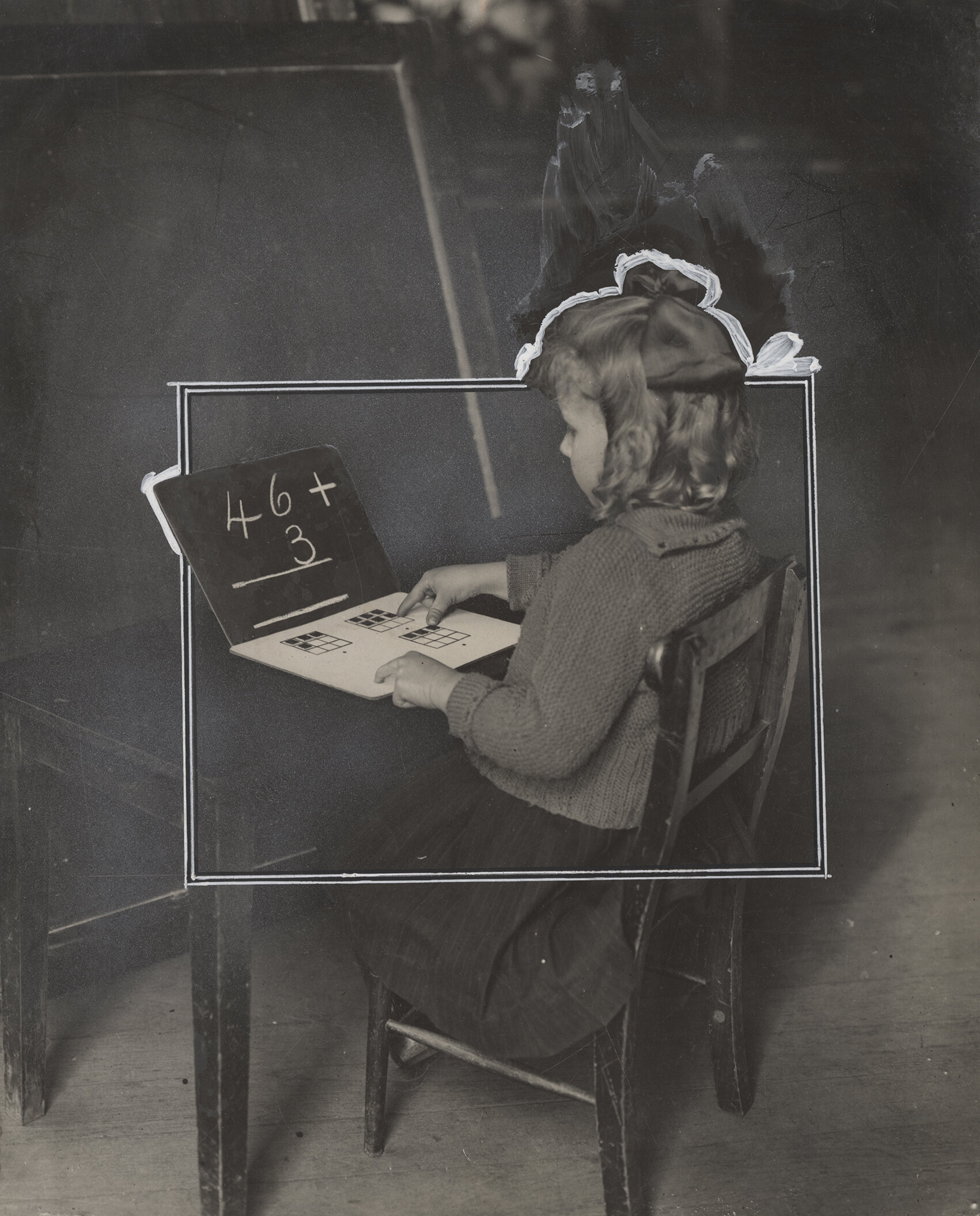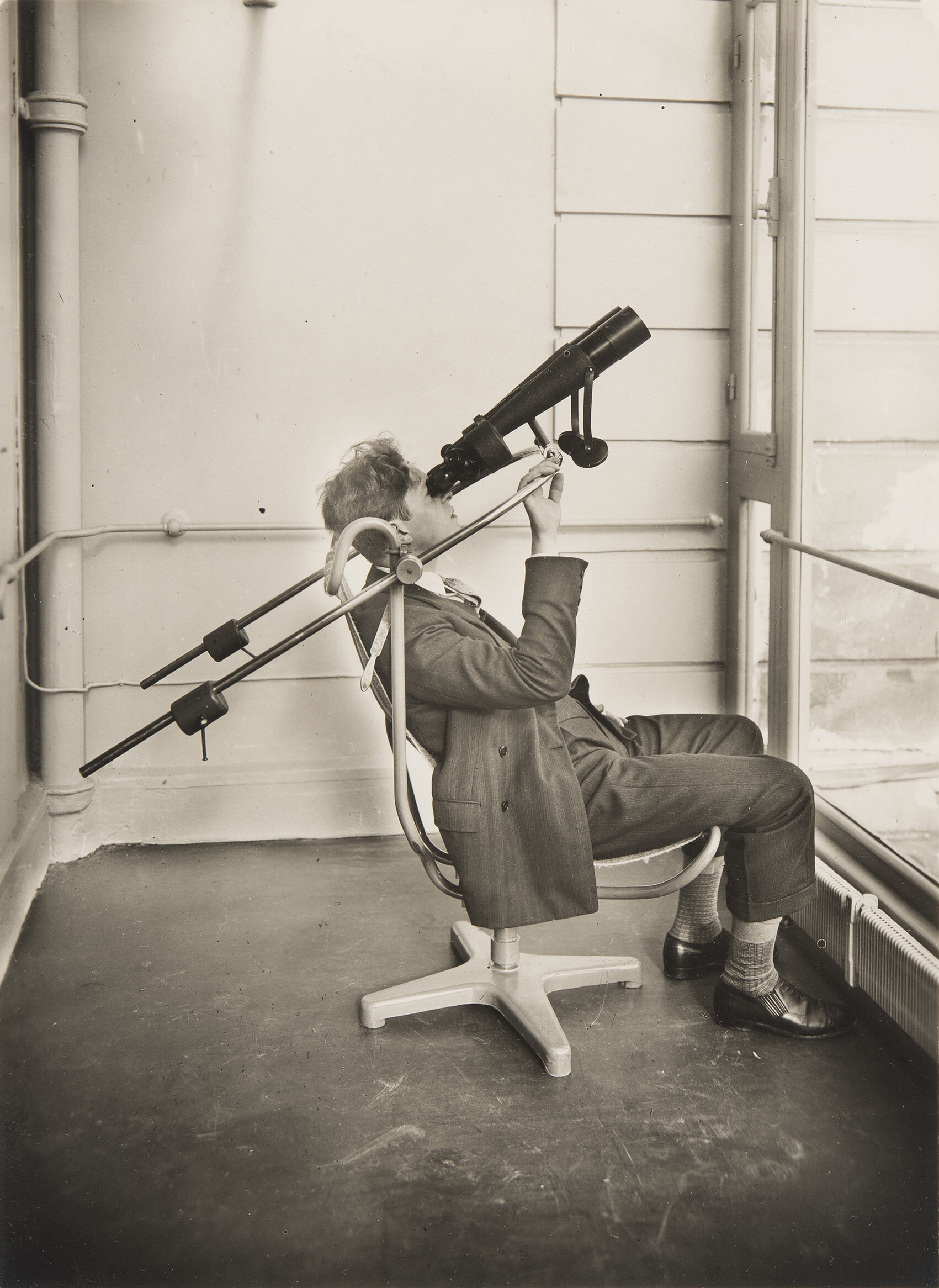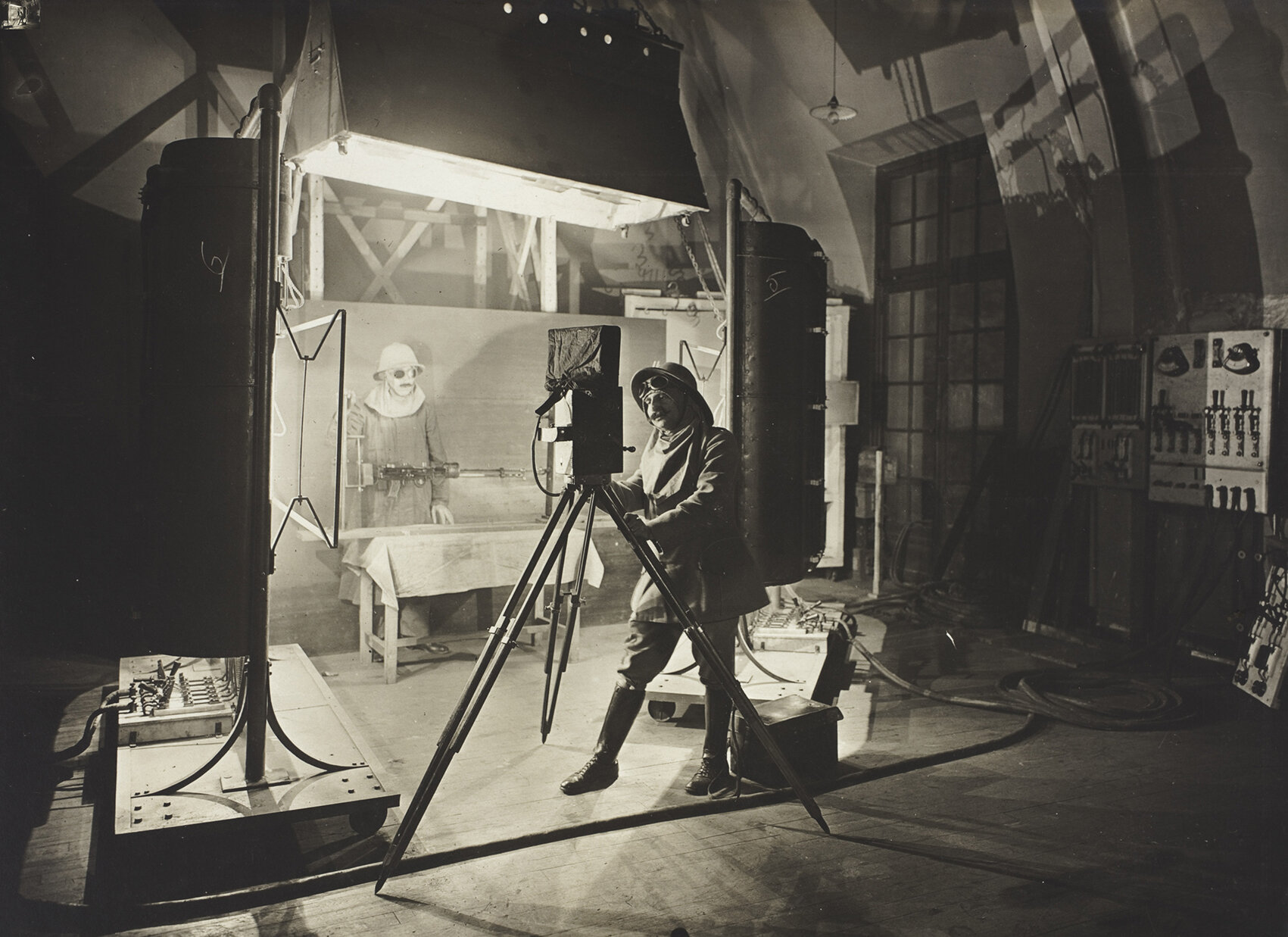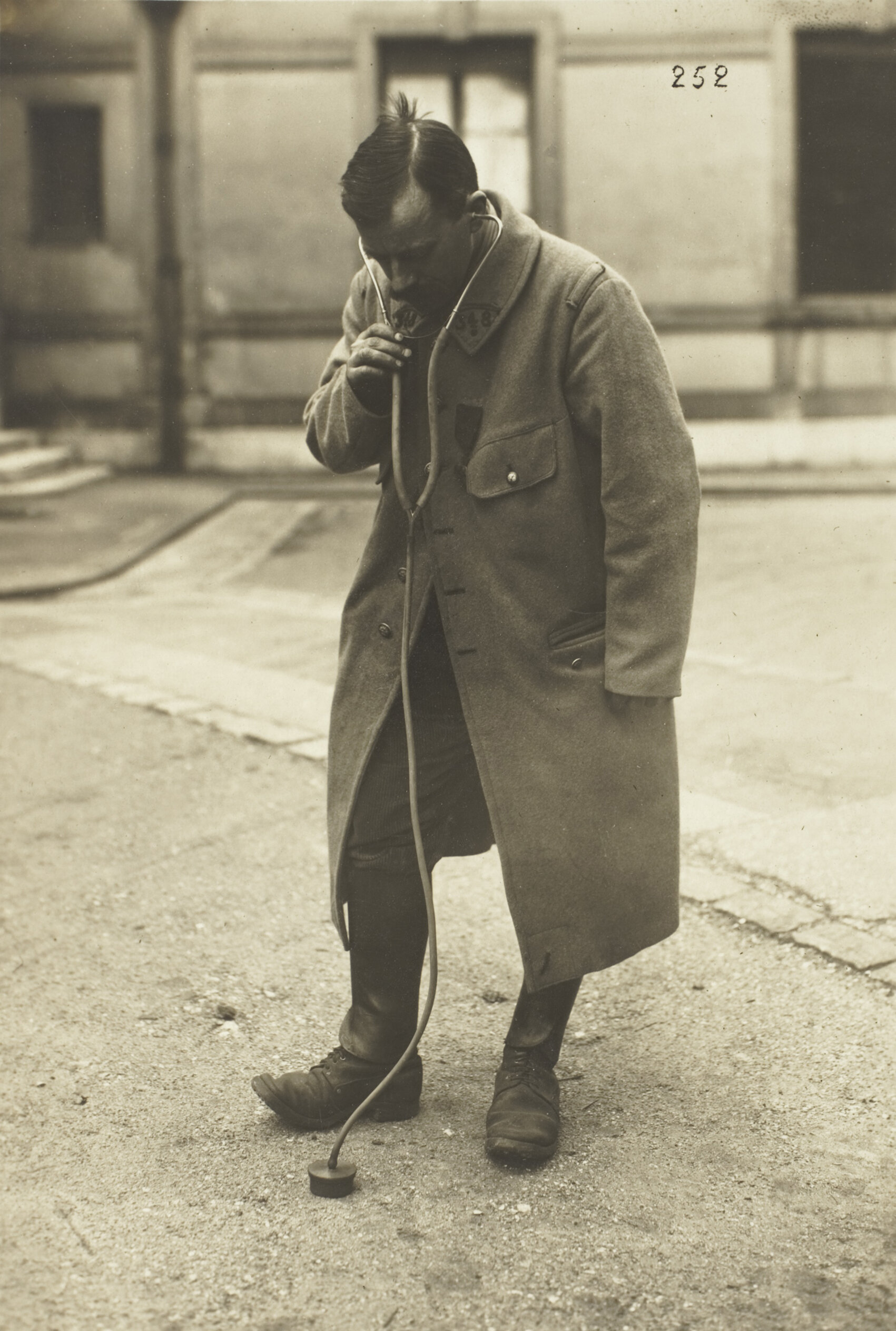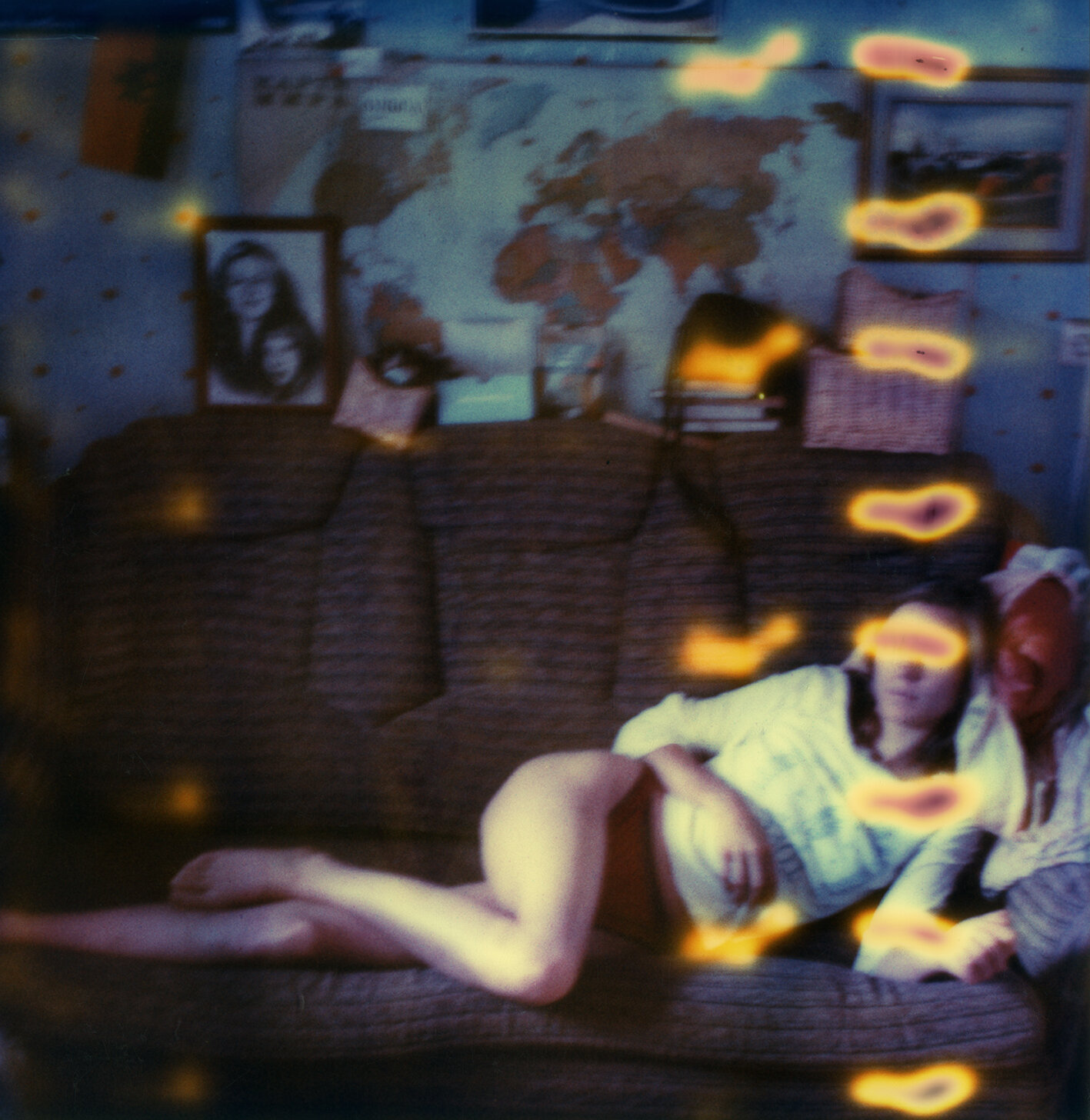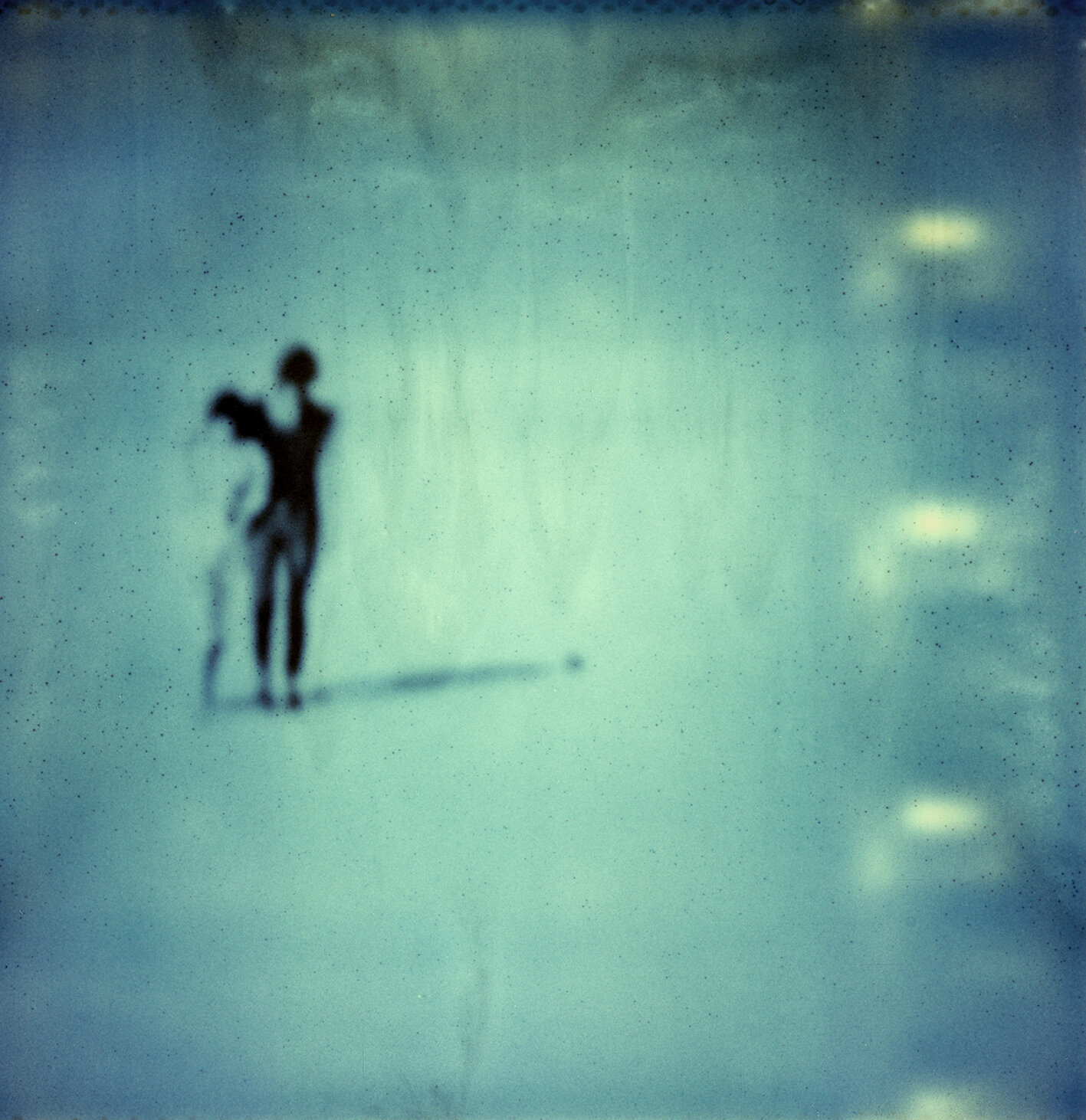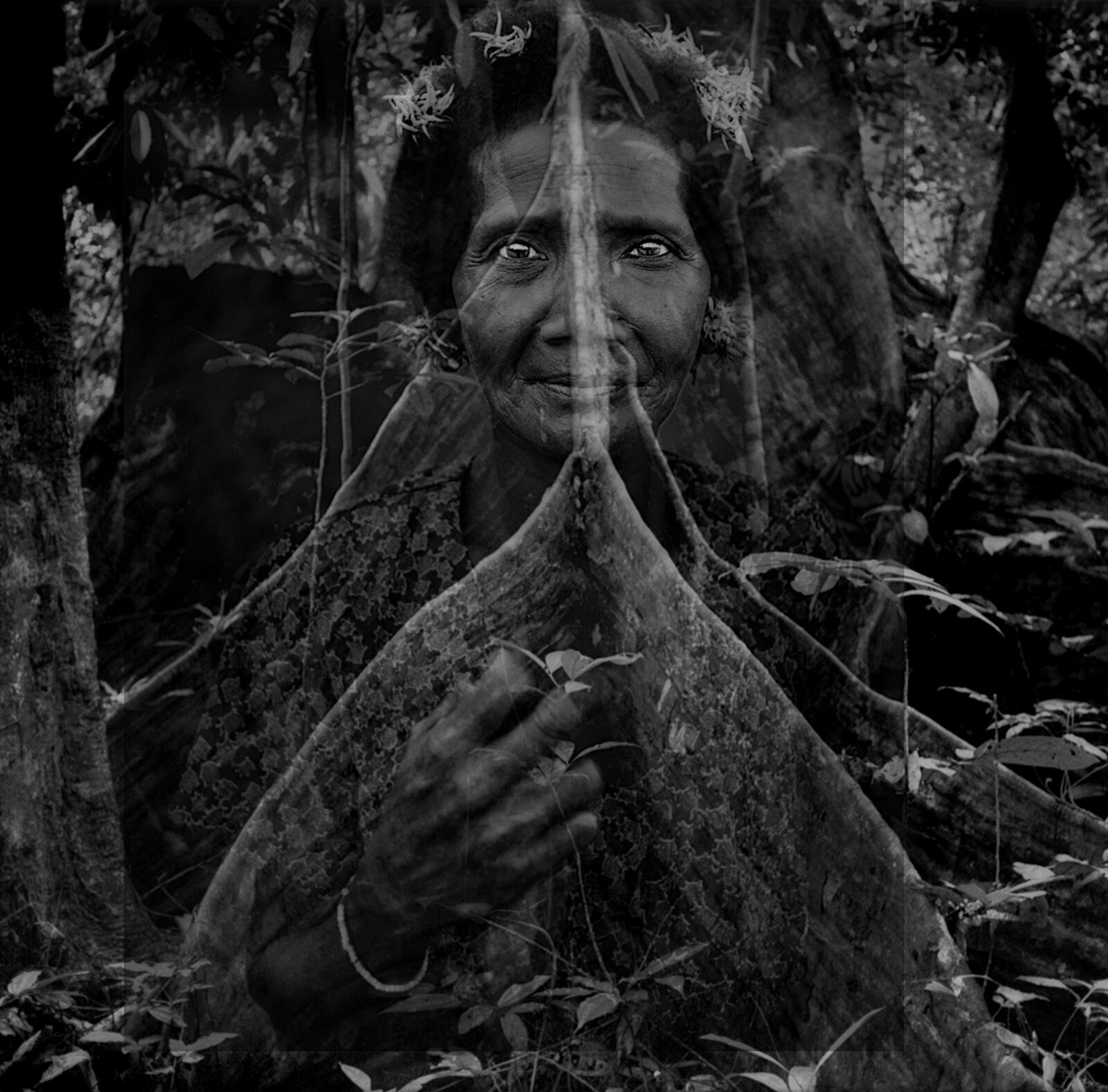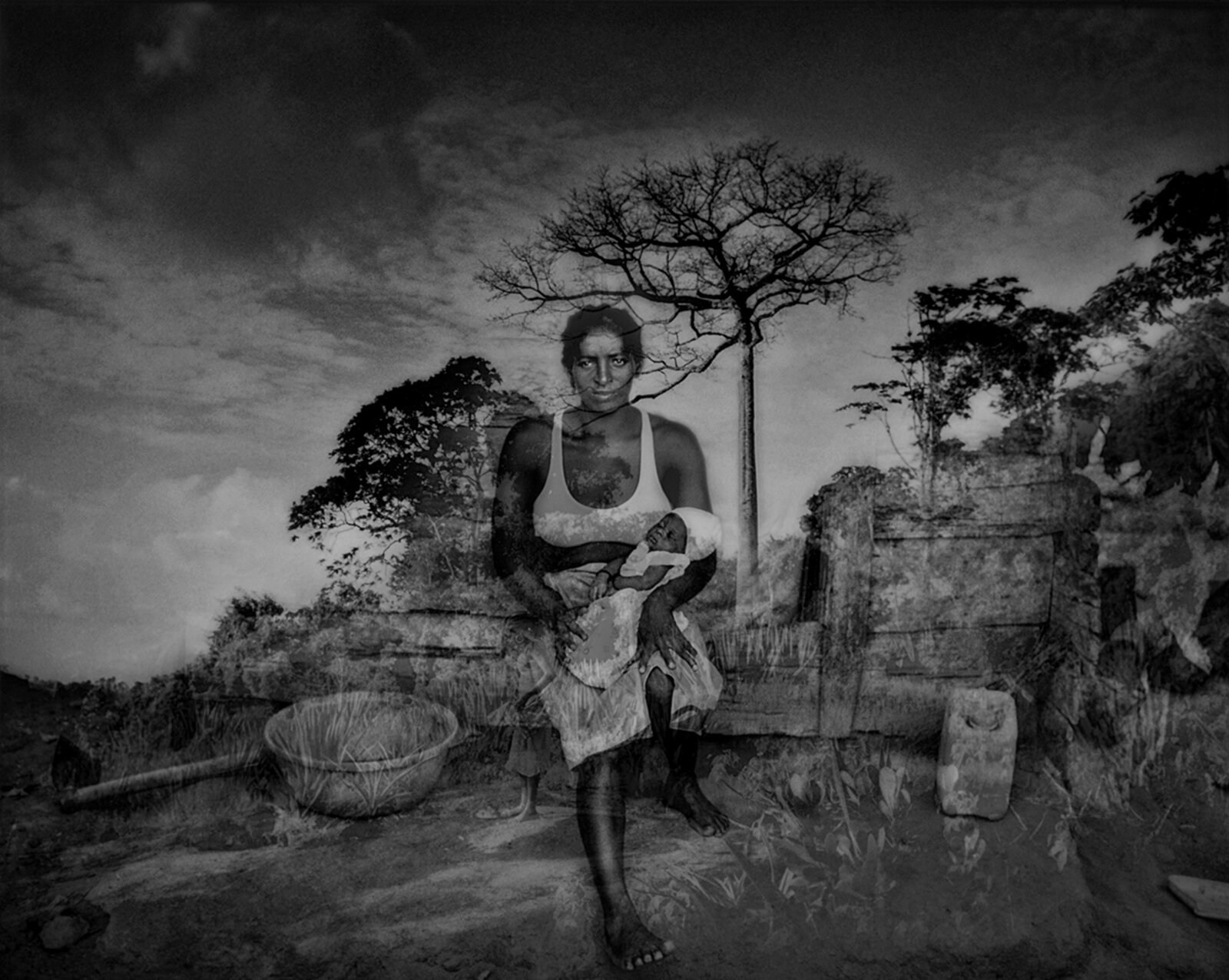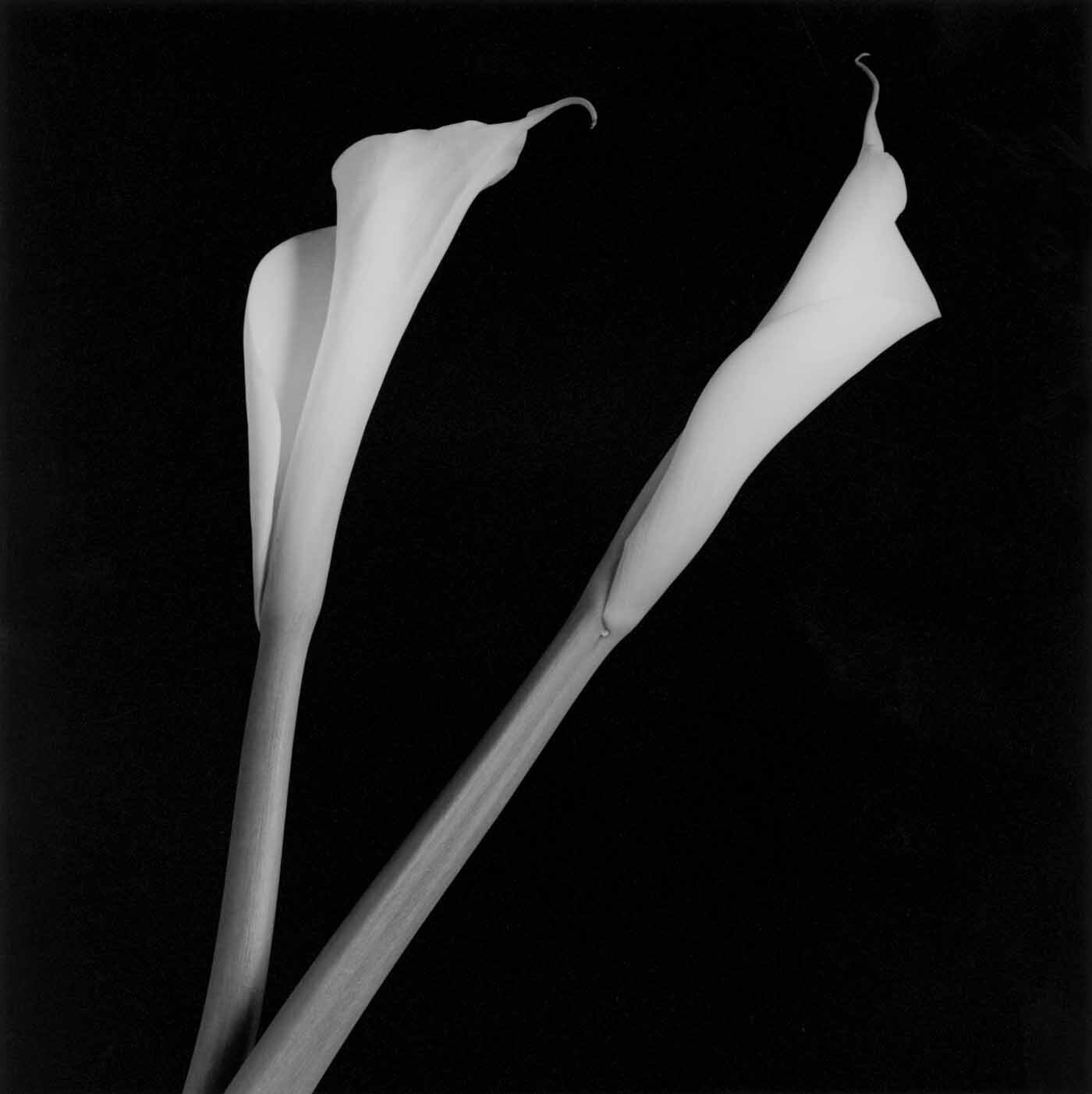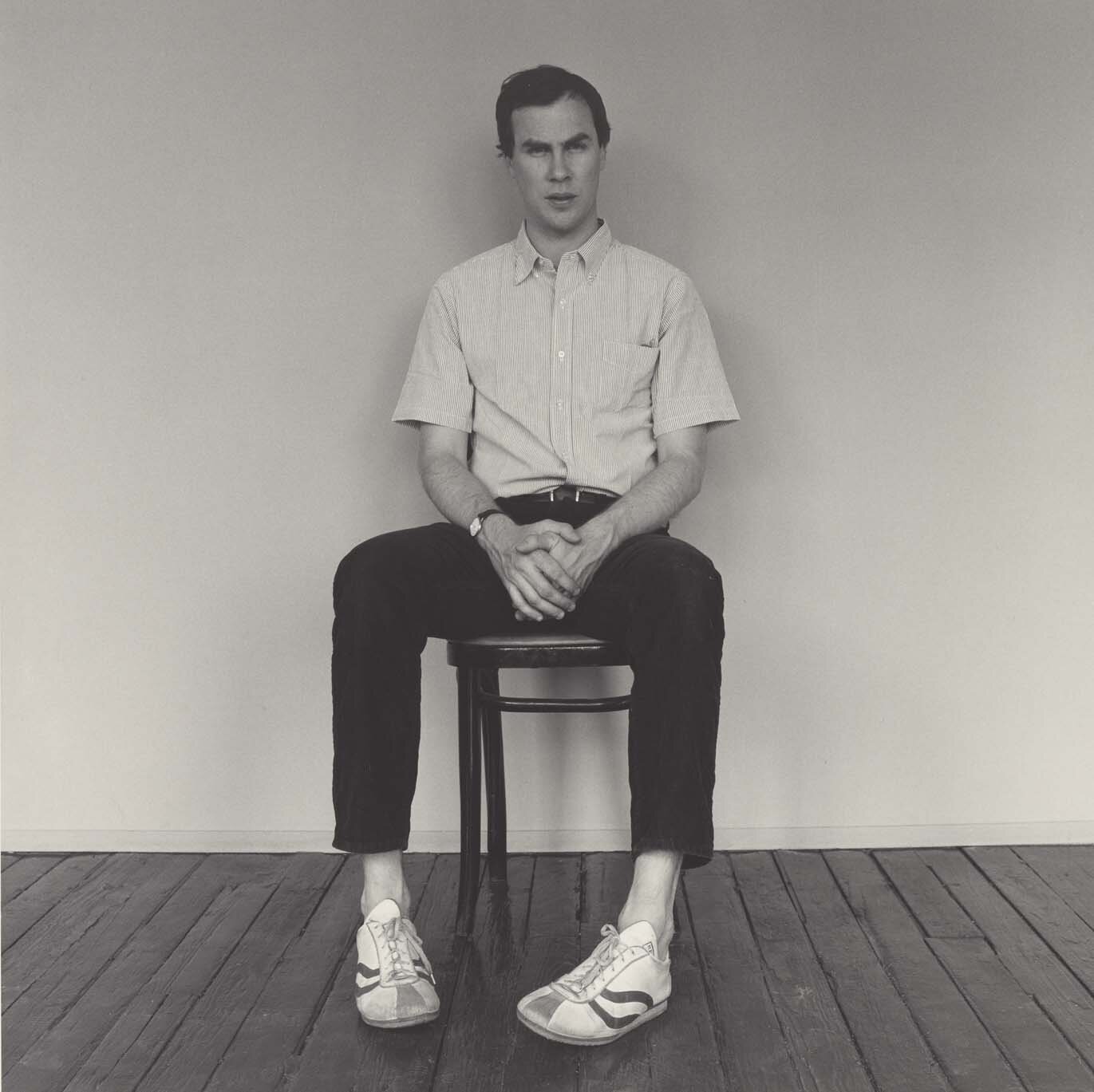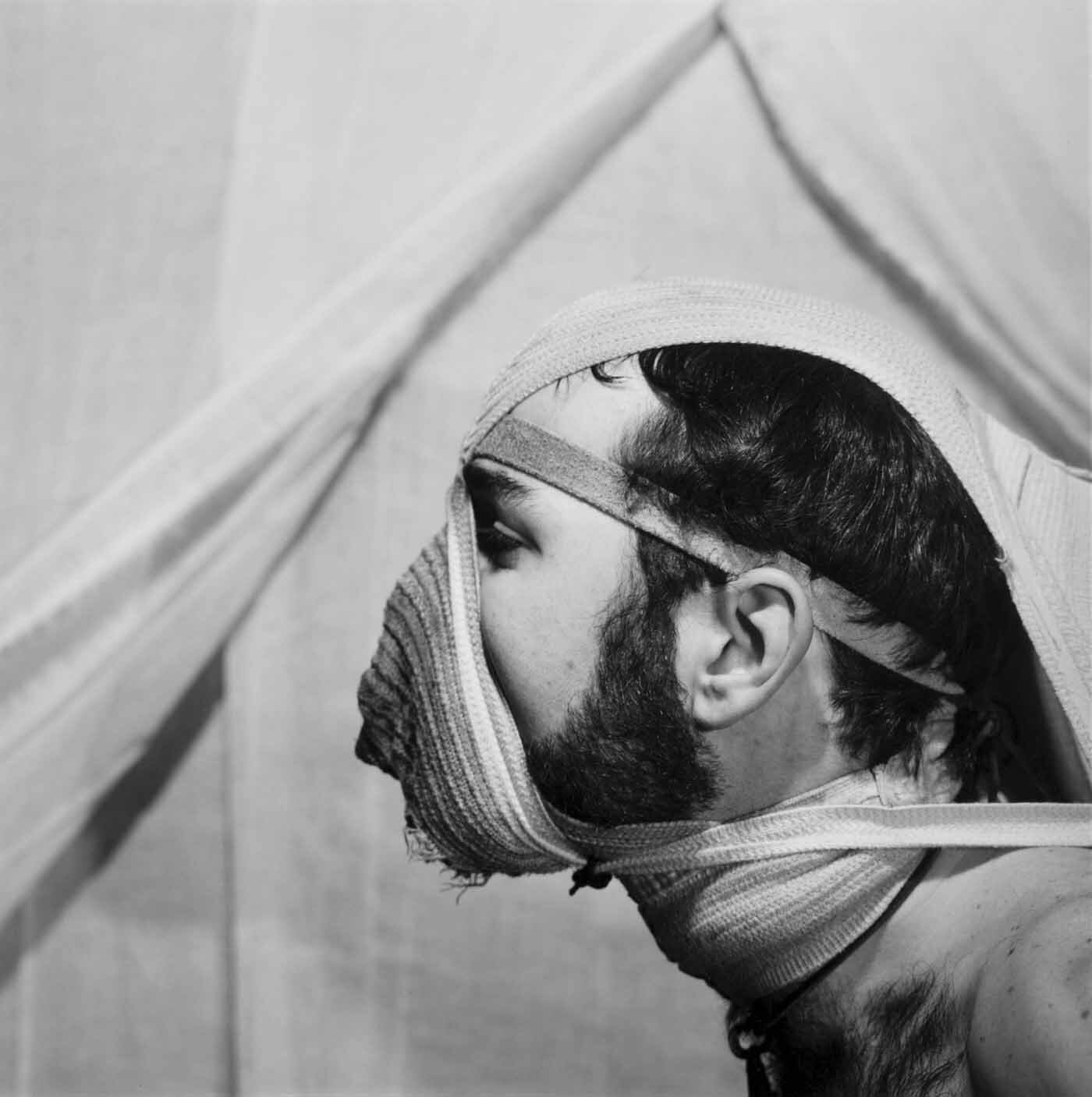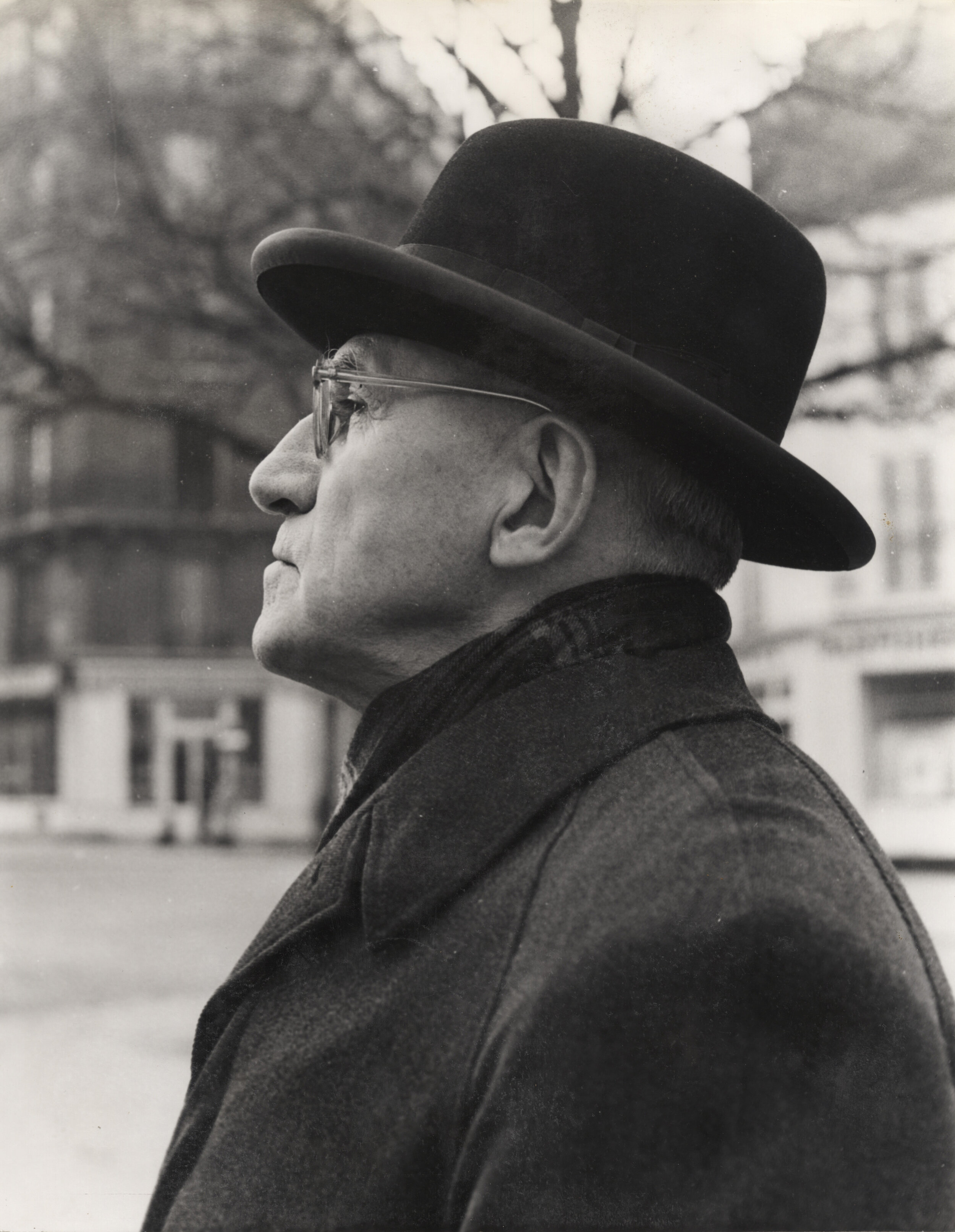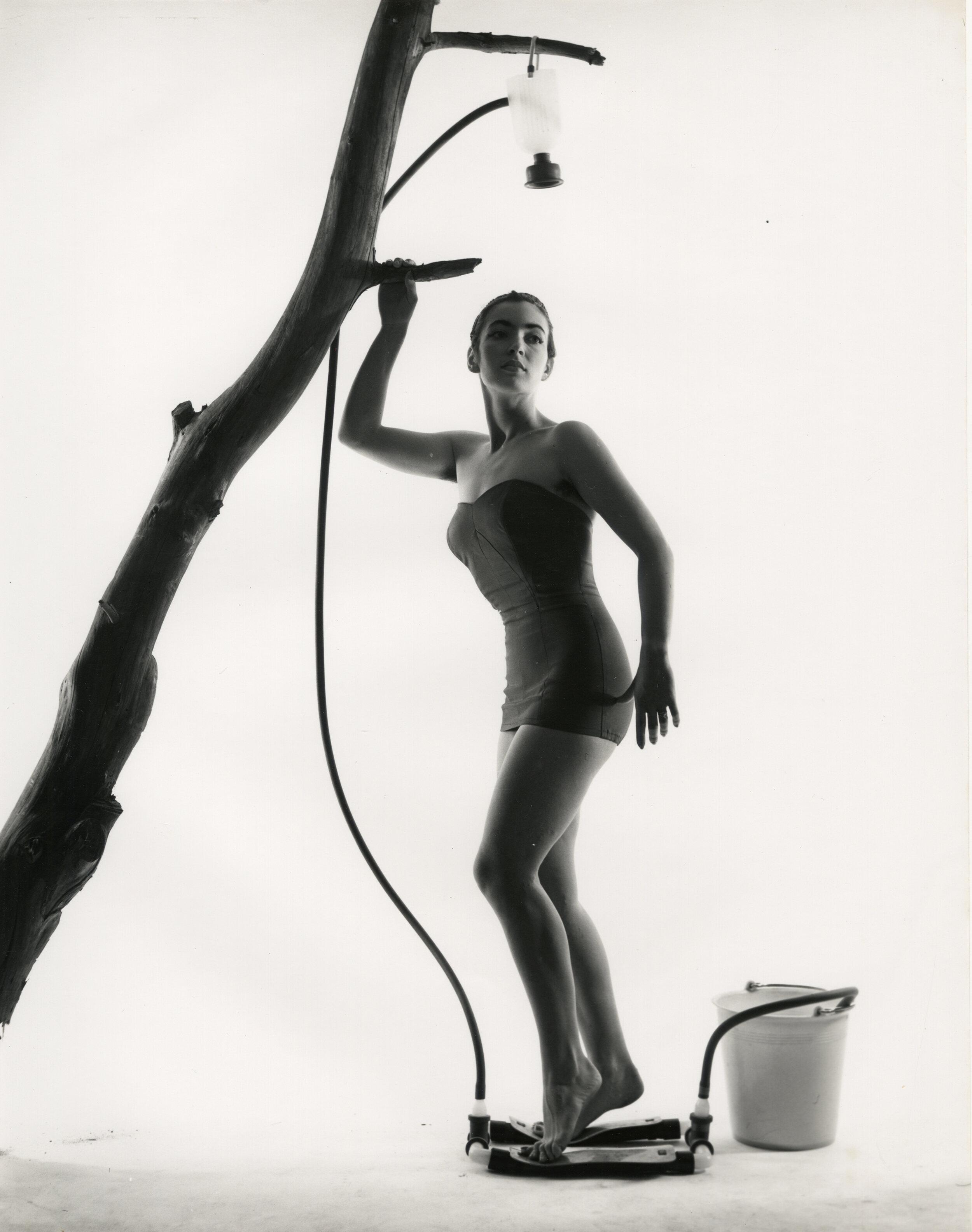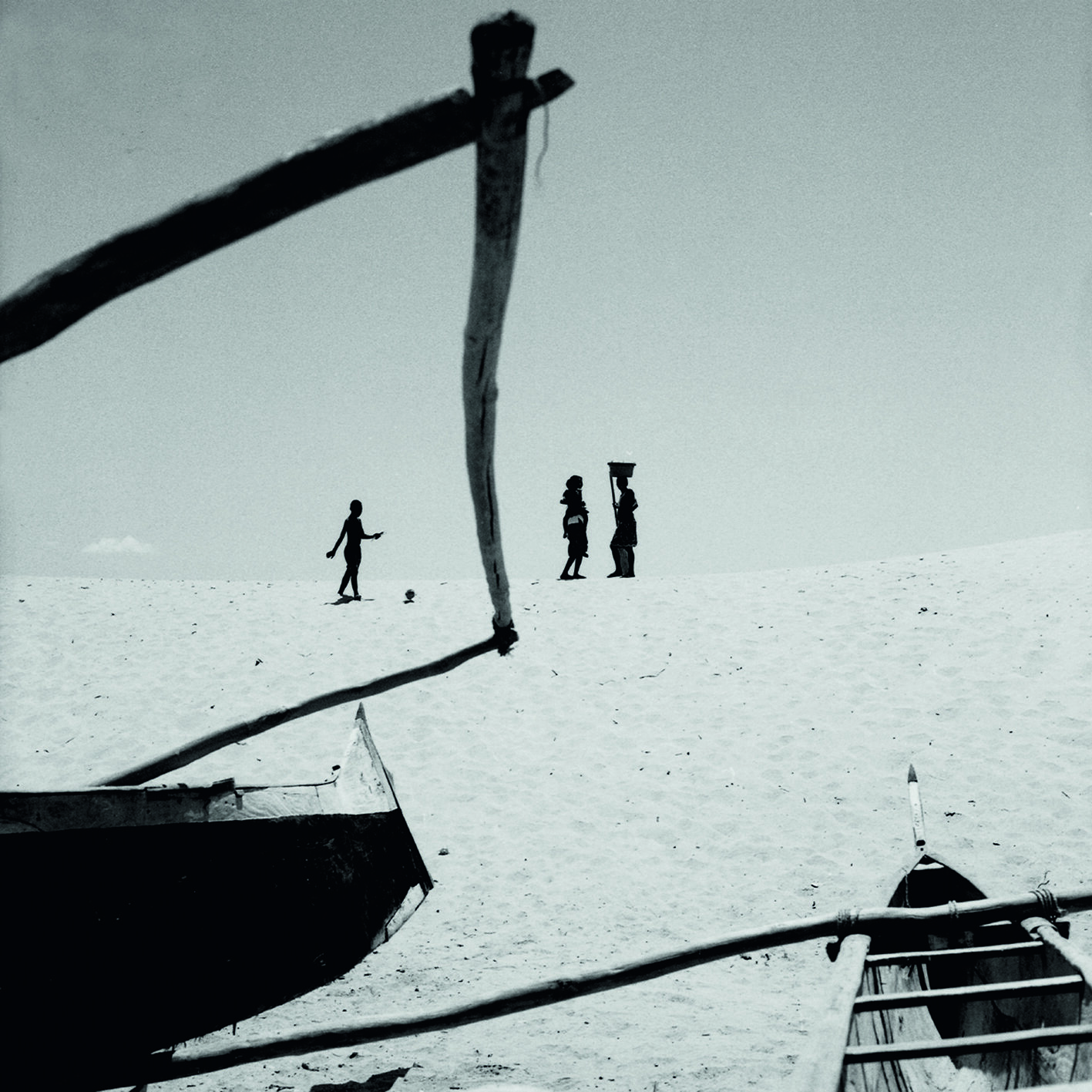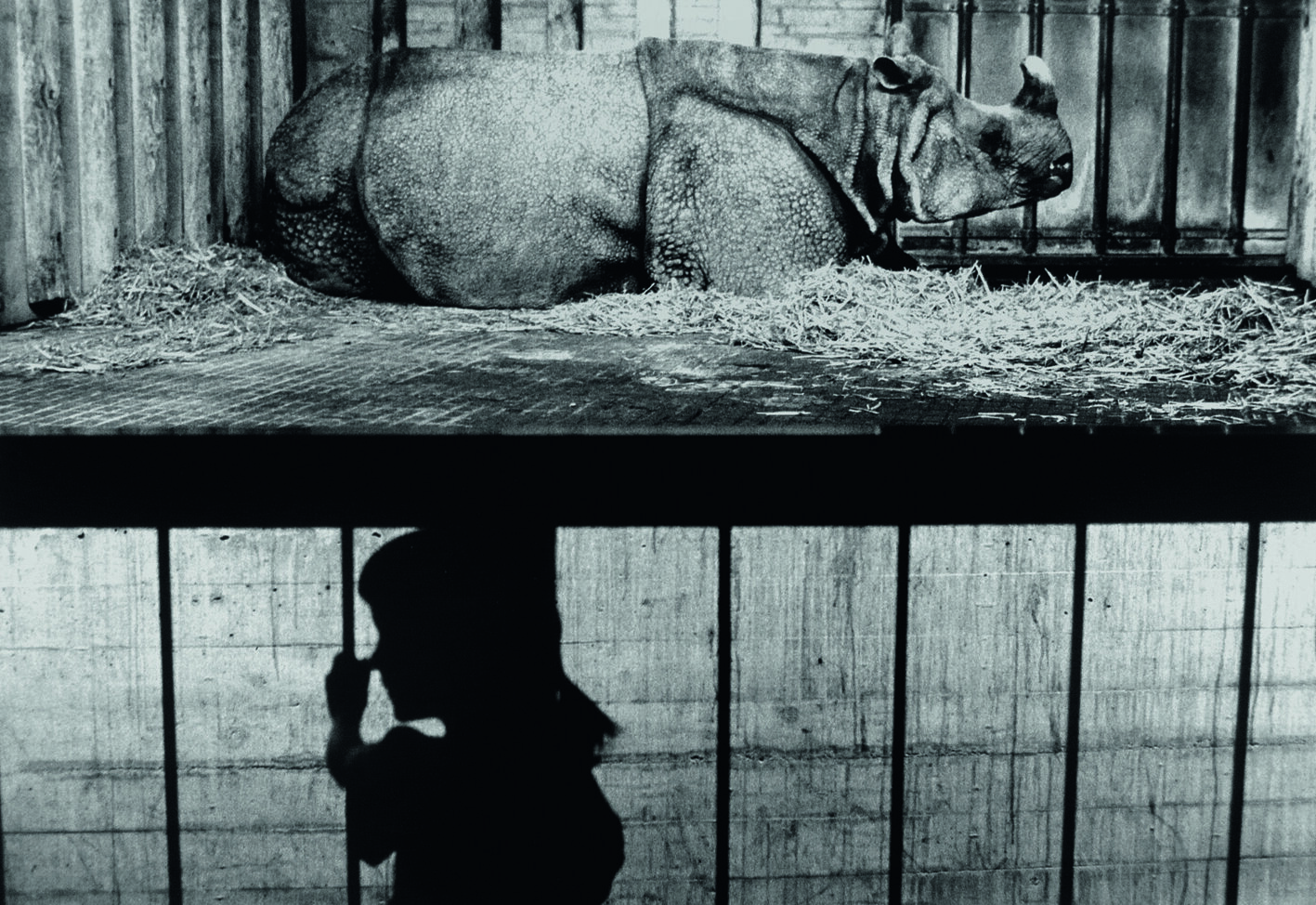Permis de demolir Exhibition
Through April 21, 2022
MSH Paris Nord, 20 avenue George Sand, 93210 La Plaine Saint-Denis, France
For many years, Euro Rotelli had the need to express his feelings and emotions towards the phenomenon of immigration through photography. Not wanting to make a display of suffering and tragedy but more of hope and a successful living together. His new project started when an architect friend who lived in Paris suggested him to visit Saint-Denis and Aubervilliers, two districts that were protagonists of a phenomenon of constant change and movement.
During his visit what stroked the artist most was not only the people he was able to meet or the partly demolished houses he could visit but rather the over-exaggerated numbers of signs of “PERMIS DE DÉMOLIR” that were placed on the houses and everywhere on the streets.
Demolition Permit?The demolition of the houses? Demolition of the individuals? Demolition of their identities?
Most of Rotelli’s photos are made in Landy, which is probably the area the most affected by this phenomenon of demolition and which historically has been at the center of industrial life in the twentieth century Paris. Walking around with his camera, Euro Rotelli has caught succesfully for us to see moments of Nostalgia, the heavy feeling of exile and the anxiety of the newcomers accompanied by their excitement for a new life.
©All images Euro Rotelli
www.eurorotelli.com








